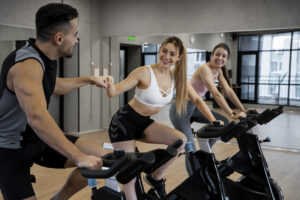Running every day isn’t always the smartest way to improve. Whether you’re dealing with sore legs, looking to prevent injury, or just want to stay motivated, adding the best cross training to your weekly plan can be a game-changer. In this guide, you’ll learn how to make fitness machines work for you—keeping your heart strong, your joints happy, and your training well-rounded. Let’s explore the options that help runners build endurance without pounding the pavement.
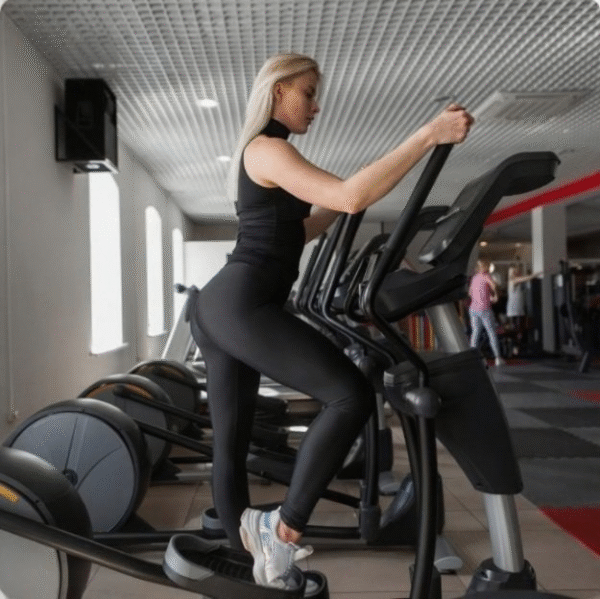
🏃 Why Cross Training Is a Lifeline for Runners
When you’re training for a race, it’s easy to think that more running equals more progress. However, experienced runners know that smart recovery and variation are just as essential. Cross training helps your body recover, builds new strength, and protects you from the repetitive strain running can cause.
Cross-trainers are primarily used because they offer a gentle yet effective full-body workout. They activate both the upper and lower body, improve fitness, strengthen muscles, and are good for the joints by reducing strain.
Instead of pounding your joints again and again, you can switch machines, stimulate your cardiovascular system, and still work toward your marathon goals—without burning out or breaking down.
🏃♂️ Runners’ Cross Training made simple – watch me do it on YouTube here: Marathon Training Buddy
🧠 Use Smart Machines, Train Smarter
Fitness machines today are far from boring. Most cardio machines come with pre-programmed workouts, heart rate settings, and customizable resistance levels. With just a few clicks, you can create hill sprints, recovery rides, or steady-state endurance blocks.

The best part? These machines give you full control—from the incline on the treadmill to the resistance on the bike. And they’re easy to use even if your schedule is tight or the weather’s bad.
💡 Don’t forget: headphones, music, or podcasts can make cross training something you genuinely look forward to.
💪 The 5 Best Cross Training Machines for Runners
Below are the top fitness machines we recommend for runners who want to cross train smartly, efficiently, and without losing their running edge.
Exercise Bike – Gentle & Effective
The stationary bike is ideal for tired legs or recovery days. You sit down, reduce impact on your joints, and still get your heart pumping. It’s excellent for aerobic fitness and gives your quads a deep, controlled workout.
Group exercise bike training, also known as spinning or indoor cycling, is an effective and enjoyable way to improve your cardiovascular fitness, endurance, and muscle strength.
It takes place on special stationary bikes, where music and an instructor guide you through different intensity levels and intervals. It is a gentle form of exercise for joints and muscles, as the load can be adjusted as needed.
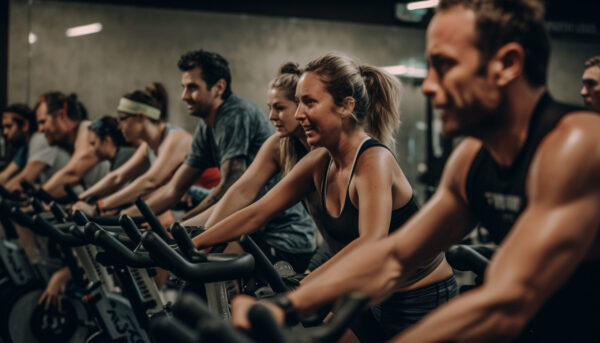
Tips:
-
Adjust your saddle height: legs should be slightly bent at full extension.
-
Keep your back tall and shoulders relaxed.
-
Use toe straps or clip-in pedals for better leg motion.
You can do steady rides or interval sprints. It’s quiet, safe, and keeps your engine running when your legs need a break.
StairMaster – Climb Without the Pain
If you want to work your glutes, hamstrings, and calves while elevating your heart rate fast, the StairMaster delivers. It’s low-impact and mimics hill running better than any other machine.
But it’s challenging. Many runners struggle in the first few sessions. Try shorter intervals first: 30 seconds on, 30 seconds off, or low-steady steps for 10 minutes as a warmup or cooldown.
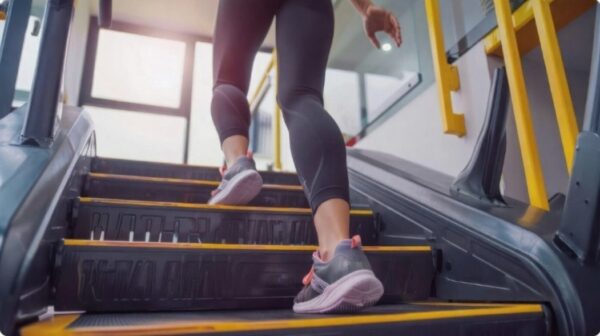
Avoid leaning on the handrails, and step with purpose. You’ll feel the burn—but in a good way.
Treadmill – Controlled Running Without the Pavement
The treadmill is still running—but safer. The shock-absorbing surface protects your knees and feet, and the settings allow you to train with precision.
Use it to:
-
Practice race pace
-
Simulate hill climbs
-
Run intervals without outdoor variables
Stand carefully before starting, and avoid holding the rails unless needed for safety. Treadmill sessions are perfect for technique drills, stride checks, or sweat-filled workouts when the roads are icy or dark.
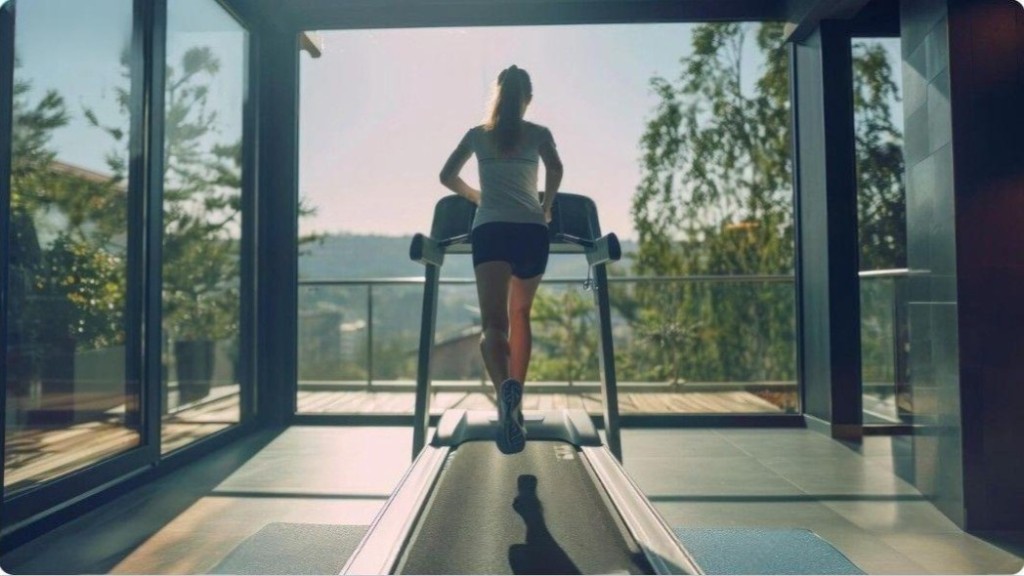
Elliptical / Cross-Trainer – Smooth Full-Body Motion
This is perhaps the most joint-friendly machine on the list. The elliptical mimics a running motion without impact, involving both your upper and lower body. It’s great for long cardio sessions or hard intervals.
Use elliptical sessions to:
-
Do 30-minute steady-state cardio
-
Try 3×5-minute hard pushes with 2-minute recovery
-
Maintain running fitness when injured
💬 “I’ve done full marathon build-ups where the elliptical saved my legs between long runs.”

Keep your torso upright, arms relaxed, and don’t hang on the handles. Let your core stay engaged and move naturally with your stride.
Rowing Machine – Core and Power
Rowing isn’t always a runner’s go-to, but it should be. It engages your legs, core, arms, and back—great for improving posture and building power.
The key is form:
-
Push with legs, not arms
-
Keep a neutral spine
-
Don’t over-extend at the back
Start slow. Rowing has a learning curve but offers a full-body cardio option that complements running beautifully.

🏡 Training at Home – Your Personal Cross Training Setup
You don’t need a gym to reap the benefits of cross-training. Many runners now invest in compact machines for home use:
-
Foldable bikes and ellipticals
-
Under-desk pedal machines
-
Virtual workouts via YouTube, Peloton, or Zwift
If you’re short on time, 20–30 minutes at home can match a full gym session if you stay focused. You’ll avoid travel time and can train in the comfort of your own space.
⏱️ Weekly Cross Training Plan Example
Here’s a realistic weekly setup for marathon runners training 4–5 times per week:
| Day | Workout | Machine |
|---|---|---|
| Monday | Recovery Ride | Exercise Bike |
| Wednesday | Intervals | Treadmill |
| Friday | Easy Full-Body Cardio | Elliptical |
| Sunday | Long Run | — |
Swap out machines based on soreness, fatigue, or gym access. The goal is to support your running, not replace it.
❤️ Training Smarter with Heart Rate & Programs
Modern fitness machines increasingly integrate digital displays with opportunities for interactive workouts, performance tracking, and access to online fitness content.
But anyway, knowing your heart rate zones can turn a good workout into a great one—especially on machines.
Other examples include treadmills with integrated touchscreens, rowing machines with displays for metrics and scenic routes, and interactive mirrors providing guided workouts.
So, Most fitness machines today offer:
-
Heart rate monitoring (via handles or chest strap)
-
Interval programs
-
Watts tracking for power output
-
Custom workouts tailored to calorie burn or time
Try experimenting with:
-
Hill simulations (great for building strength)
-
Pyramid intervals (e.g. 1–2–3–2–1 minutes)
-
Zone-based endurance training (stay in aerobic zone for 30+ minutes)
Tip: Use the machine’s “quick start” for manual control, or let it guide you through a structured workout. Both can be effective.
🔄 Cross Training Is Recovery, Not Replacement
Some runners fear that time spent on machines is time lost from running. The opposite is true. Cross-training can actually improve runners’ performance and reduce the risk of injury by strengthening the muscles that are not primarily used in running and by providing a different load on the body.
So, Cross training lets your aerobic system grow while protecting the muscles, joints, and tendons that take the most damage during heavy mileage. It’s your secret weapon for consistency.
And consistency is what leads to PRs—not just running more miles.
🧠 Final Thoughts – Your Fitness, Your Choice
Adding the best cross training into your marathon plan is one of the smartest things you can do. Whether it’s 20 minutes on the bike or 45 minutes pushing hard on the elliptical, these workouts make you stronger without breaking you down.
Embrace the machines. Mix things up. And trust that variation isn’t weakness—it’s strength in disguise.
💬 “The strongest runners don’t just run. They recover, adapt, and train with purpose—even when that means stepping off the road.”
❓ FAQ – Best Cross Training for Runners
How often should I cross-train?
Aim for 1–3 sessions per week, depending on your running load and recovery needs.
Is the elliptical or treadmill better for runners?
Both help — elliptical is gentler on joints, treadmill better simulates running form.
Can I replace a long run with cross training?
Only occasionally. Cross training supports running but shouldn’t replace key long runs.
🔗 Related Posts You Might Like
-
How to Recover After Your Marathon – 5 Steps to Feel Strong Again
-
Proper Running Form – Feel Strong, Run Free, Love the Stride
Summary Quote
“Cross training isn’t an alternative to running—it’s what allows you to keep running, long-term.”
Share it with your training partner, running group, or on social media. You never know who might need a gentle reminder to train smarter—not harder.

